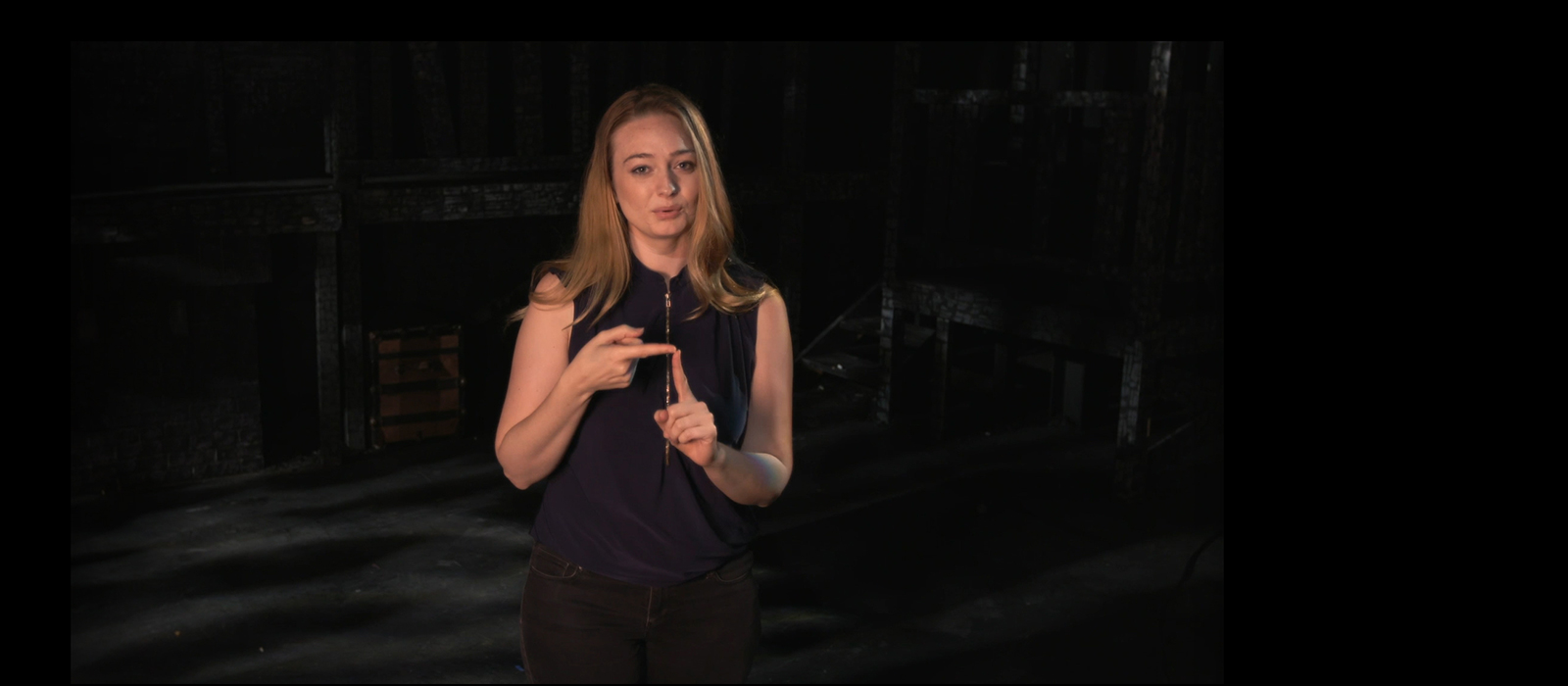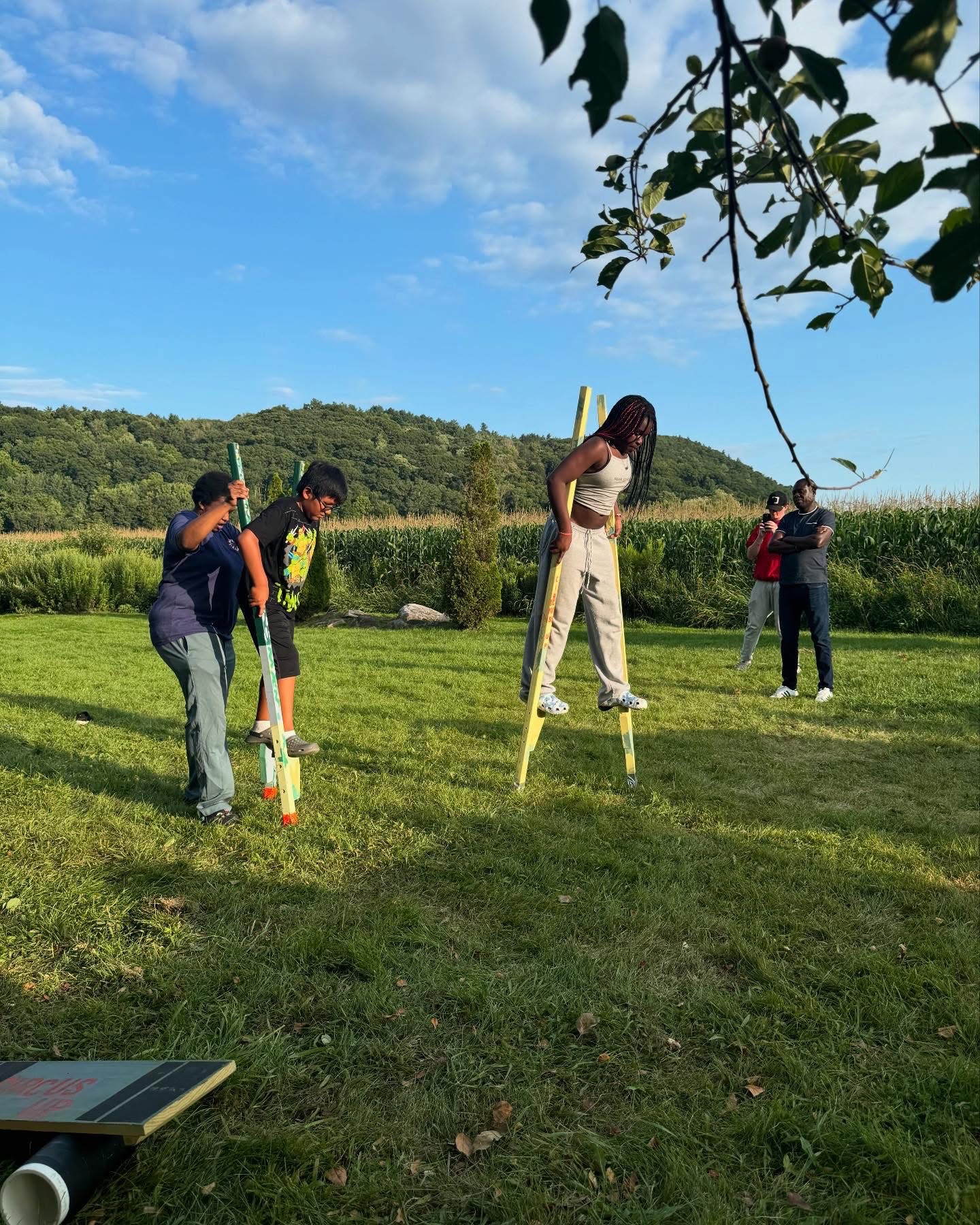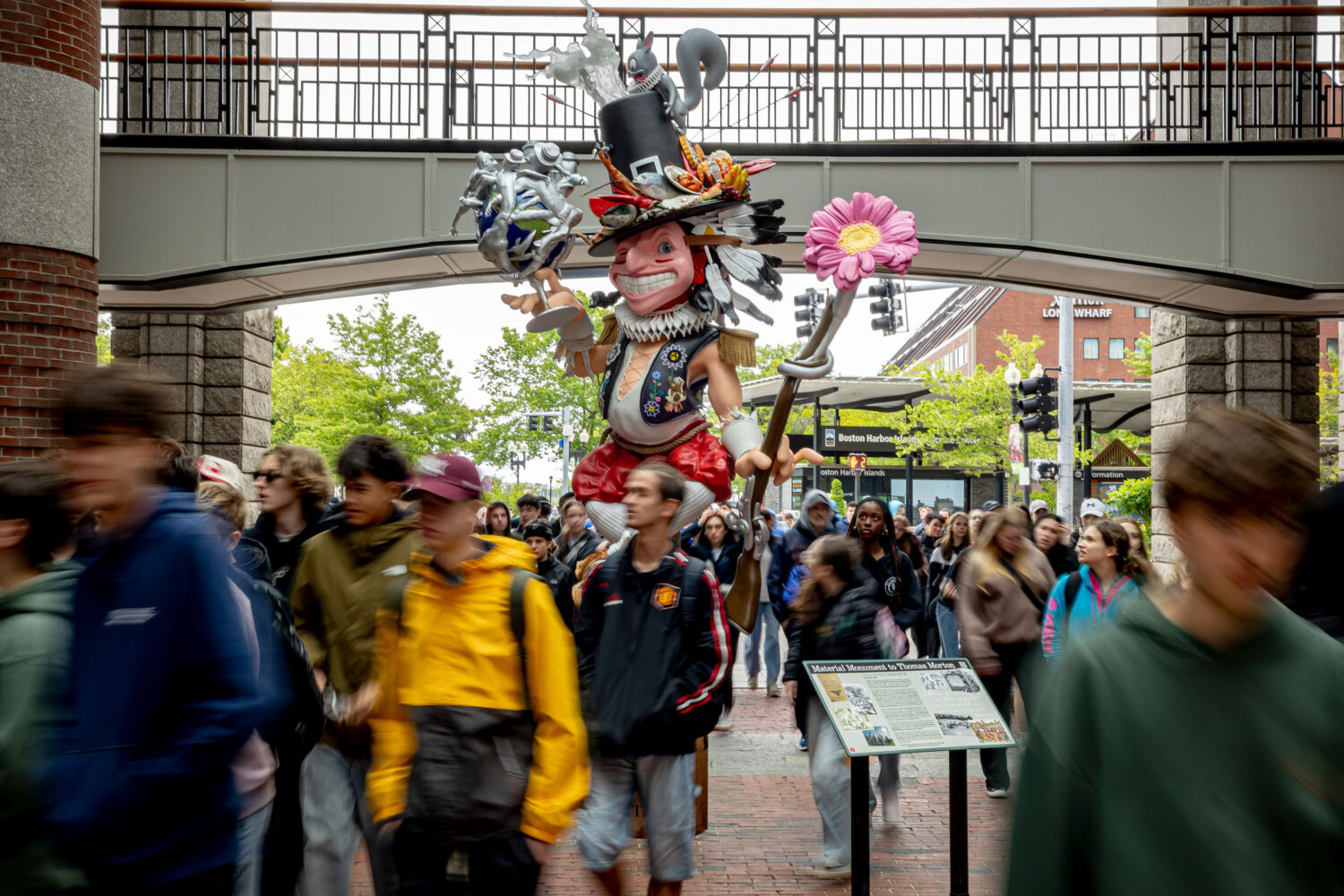The Arts are always about taking risks. But funding for risk-taking is often hard to come by. With new resources dedicated to artistic risk, seven organizations pushed themselves beyond their comfort zones. We asked Peter DuBois, Artistic Director with the Huntington Theater Company, to share their story.
Craig Lucas’ play, I Was Most Alive with You, was an exciting experiment for us at the Huntington Theatre. It told the story of a deaf, gay, recovering addict. And, because it included deaf characters, we assigned two actors to each role – one who only used American Sign Language (ASL) and one spoke and signed. The result was an extraordinary and fresh theatrical experience that also stirred in us a desire to work with the deaf community even more deeply.
With an Artistic Risk grant from the Barr-Klarman Arts Capacity Building Initiative, our big idea was to adapt Tennessee Williams’ The Glass Menagerie entirely into ASL, and to present the piece entirely with deaf actors. Rather than have ASL interpreters off to the side of the stage, or even as “shadows” behind speaking actors (as we did with I was Most Alive with You), we envisioned an entirely silent three-hour performance, where members of the deaf community would experience the nuance and emotion of the performance in the same way hearing audiences always have, and hearing audiences would also have a new opportunity to experience the beauty and emotional power of ASL.
As we developed this idea in a workshop with five deaf actors, one of our biggest learnings was that sign language is not a static form. It is informed – much like dialects of spoken languages – by culture, geography, and even personal style of the person doing the signing. Every individual has their own way of expressing concepts and themes. This makes it extremely difficult to express a theatrical script in text, especially one full of nuance and emotion like a Tennessee Williams script.
All of that meant, we couldn’t merely “translate” Glass Menagerie into standard ASL form as we had anticipated. The richness and expressiveness that comes from signing originates with the signer themselves, and not from the standard form. We wouldn’t be able to offer a Huntington Theatre ASL script for other theatres to pick up and use.
At the end of the workshop, we did a full staged reading, completely in ASL. It was incredibly moving to watch, and exciting for us to see audiences – both hearing and deaf – reacting to the potential of this classic work brought to life in a completely new way. You can see a glimpse of that in our video, which ends with an ASL monologue by one of our amazing actors, Amelia Hensley. Yet, that reading was also where our organization hit a stopping point. Considering the challenges and pressures of filling our 375-seat theatre for a five-week run, we decided we weren’t prepared to move forward with a full production.
One thing about risk – success is a possibility, but the only guarantee is the opportunity to learn and grow. Even though we stopped short of a full production, this experience taught us so much more about an audience, and a group of artists we’d never gotten so close to before, and with whom we hope to remain engaged and in conversation.
We also learned something about ourselves, and how important risk-taking is for discovering new possibilities, and to living out our mission.
We invite you to share this story of artistic risk-taking, and to join the conversation using #ArtisticRisk.
About the Barr-Klarman Arts Capacity Building Initiative and this video series:
The Barr-Klarman Arts Capacity Building Initiative was a five-year initiative to strengthen the long term financial health of a group of Boston area arts organizations. Throughout the Initiative, the partners grappled with the question: capitalization to what end? What’s the desired change for the organization and for our communities? First, the cohort explored what organizational risks could look like, and the kinds of capital needed. And in the last two years, the partners asked what taking risks in the art and curation looked like, and what kinds of support are needed for risk-taking. A fund was set up as part of the Initiative, with the goal of supporting projects that took organizations out of the comfort zone of their usual practice, potentially against standard field practice, and with the potential to change their organizational way of working.
These commissioned videos document the journey of the seven projects that were funded. Each video centers on one organization and, through the eyes of its leaders, gives a glimpse into their journey of artistic risk-taking. We hope that these leaders and projects will engage you in a conversation that deepens understanding and builds support for this exciting kind of work.




